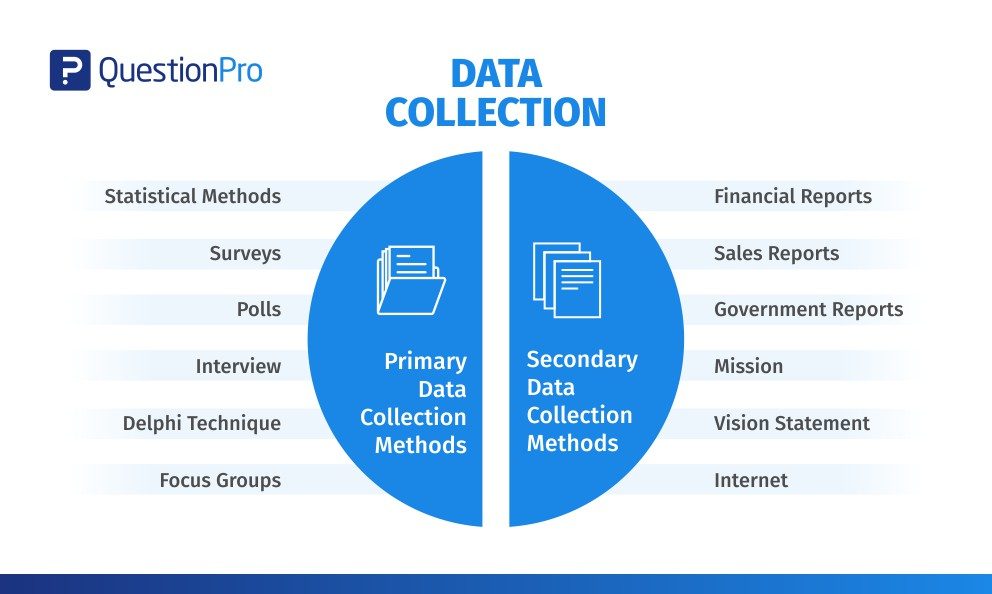Understanding Microsoft’s Approach to Data Collection and Privacy in Windows
Microsoft’s Commitment to Data Security and Privacy
As one of the largest technology companies in the world, Microsoft handles immense amounts of personal user data on a daily basis. From email servers storing users’ inboxes to the telemetry data collected from Windows installations worldwide, ensuring the responsible and secure handling of customer information is paramount. As a Microsoft developer explained, the company takes special efforts to protect personal data through mandatory employee training, strict internal controls, and other measures. While various forms of diagnostic data are collected from Windows systems, Microsoft asserts this information is anonymized and aggregated to improve products and services rather than profile individual users. However, given the vast scale of data involved, some remain understandably uneasy about trusting a for-profit corporation with so much access into their digital lives. This article aims to contextualize Microsoft’s stated privacy practices based on their public documentation and the perspectives of independent analysts.
Microsoft’s Documentation on Diagnostic Data Collection
In recent years, Microsoft has published a series of documents outlining the types of diagnostic data collected through various built-in applications and services on Windows 10 and 11 systems. This includes relatively benign information like error codes and generic usage details, as well as potentially more sensitive things like address bar searches in Edge and thumbnail images from photos apps. While Microsoft asserts this data is anonymized, the granularity and breadth of what’s captured has understandably concerned some. For example, so-called “errors” could potentially encompass much more than true crashes or glitches. Additionally, third parties have demonstrated the ability to reconstruct user identities from aggregated telemetry when combined with other publicly available information.

Privacy Advocates’ Perspectives on Windows Telemetry
Privacy advocates argue Microsoft should obtain affirmative opt-in consent rather than assume blanket permission to collect unlimited diagnostic data by default. As the developer noted, a chief concern is the risk of personal information being inadvertently exposed through data breaches or other unintended disclosures. Critics also point to the lack of transparency around Microsoft’s analytics practices and retention policies for user data.
Limitations of Anonymization Claims
While consumer data protection laws generally consider anonymous, aggregate usage metrics outside their scope, recent technological advances call into question how truly anonymous such data can remain. Studies have shown it is possible to uniquely identify or re-identify individuals within purportedly anonymized datasets under the right circumstances. Consequently, some experts argue all personal digital records should be subject to the same privacy safeguards regardless of claimed anonymity.
The Postal Mail Analogy
As the developer astutely observed, the situation can be likened to universal mail inspection where only high-level attributes are ostensibly analyzed rather than verbatim contents. Even if inspectors claim no intention to scrutinize private correspondence, few would consider surrendering total visibility into such a core communications medium without explicit consent or regulatory oversight. Similarly, constant telemetric surveillance of user behaviors within the Windows operating system troubles some given the sensitivity of modern digital activity and information flows.
Independent Testing of Windows Network Traffic
To gain more objective insight, the developer conducted a test using Wireshark to analyze network traffic from their work laptop running Windows 10 even in a locked-down corporate environment. The results were reportedly quite “disconcerting” with near-constant outreach to Microsoft servers every 10 seconds regardless of user activity - a far cry from typical intermittent connectivity seen with other operating systems only initiating online checks as required.
Analysis of Default Windows Behavior
This passive network analysis exemplifies broader concerns around Windows’ default behavior auto-phoning home comprehensive diagnostic datasets without straightforward options to fully disable undesirable practices. While some degree of baseline monitoring could aid support and patching responsibilities, the lack of granular user control over opaque machine learning fueled profiling remains a sticking point even for those less sensitive to online tracking per se. As one analyst framed it, most take issue not with fixes and enhancements reliant on non-identifying statistics, but the lack of informed, revocable consent governing what personal particulars pass through Microsoft’s cloud systems unbidden in a platform ostensibly ceded to the owner, not the steward. For many, that compromises the social contract where provision of private realities should warrant private oversight, not open-ended stipulations in licensing minutiae.
Policy Options and Best Practices Moving Forward
Given the irreconcilable mismatch between Microsoft’s commercial priorities and some users’ privacy expectations, a balanced policy compromise will likely prove elusive absent regulatory intervention. But several constructive steps could help assuage present tensions:
Enhancing User Control and Transparency
At minimum, Microsoft should strive for greater front-end controls letting consumers customize what diagnostic streams flow back to Redmond along with more transparent documentation around associated risks, anonymization techniques, and data retention schedules. Products touting privacy as a core feature must subject claimed practices to stringent verifiability through external audits.
Prioritizing Opt-in Consent Models
While some baseline telemetry serves valid support functions, higher-impact data collection activities leveraging machine learning or targeted profiling should unconditionally require explicit, revocable opt-ins resembling real consent rather than opaque forced dependencies. Users must comprehend proposed uses for any relinquished private particulars.
Regulating Commercial Surveillance Capitalism
Absent voluntary reforms, governments may need intervene establishing statutory guardrails against unfettered amassing of individuals’ digital lives solely for private commercial benefit. Core operating systems constitute essential digital infrastructure warranting special democratic oversight protecting consumers where corporate self-policing proves demonstrably insufficient. A balanced regulatory compromise upholding innovation and necessary support activities remains achievable.
Overall, understanding differing viewpoints and continuously improving transparency and user empowerment represents the wisest path forward for building constructive dialogue where entrenched distrust presently persists. Both overseers and oversees deserve equitable representation in charting technological progress impacting citizens’ private realities at such an intimate level.
